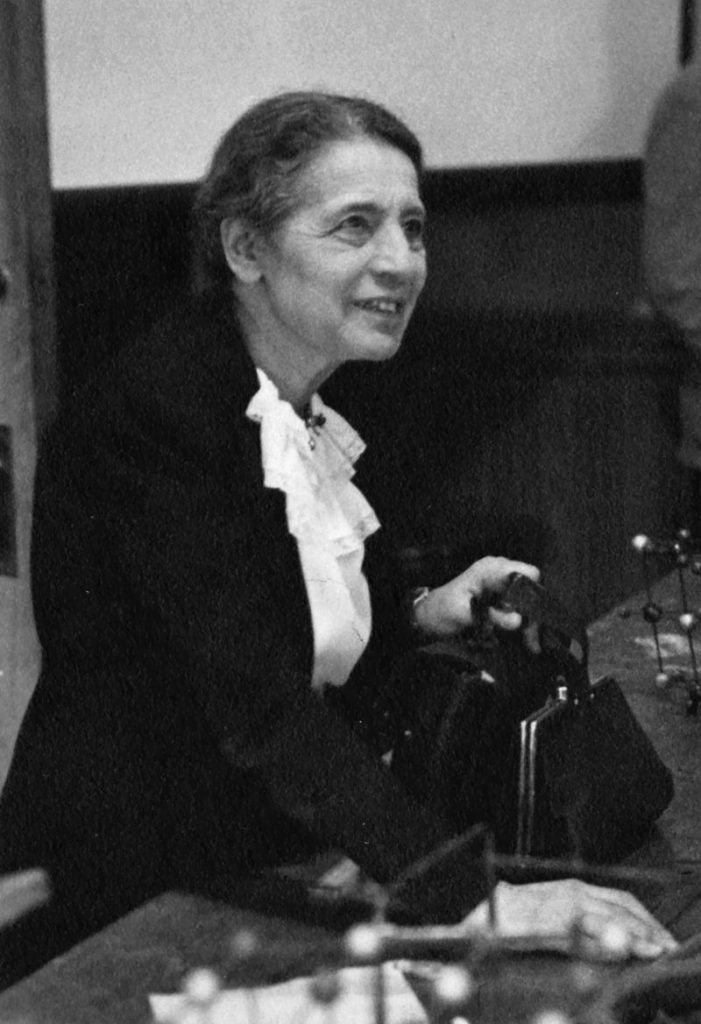Girl-tomic Power: Women who triumphed in Science and Technology
By Jennylou Canon
| PHOTO: Wild About Beauty |
The field of Science and Technology today has been more inclusive than ever, with various scientists working together regardless of their genders.
In celebration of Women’s Month, let’s take a glimpse into the few lesser-known women who once dominated Science and Technology, and have left a legacy worth remembering.
Alice Ball (1892 - 1916)
Alice Ball is an American chemist famously known for her work in developing a treatment for leprosy, a disease which mainly affects the skin, peripheral nerves, and the eyes.
Ball’s work focused on refining the administration for Chaulmoogra Oil, an existing treatment for leprosy at the time, which was too viscous in its raw form to take orally or inject through the bloodstream.
Ball did not just pioneer the best treatment for the nerve-wrecking disease during her time, but was also the first female chemistry professor of the University of Hawaii, where she was also the first African-American to obtain a master’s degree from the institution.
However, she died without being able to publish her study on the injectable and refined Chaulmoogra Oil. The university’s president tried to “own” the study, but was unsuccessful after a colleague speaked up against the official.
Rosalind Franklin (1920 - 1958)
Arguably one of the more popular female scientists, Rosalind Franklin was best known for her work involving X-ray crystallography, a field where one studies the structure of the atoms and molecules of a crystal.
But the highlight of Franklin’s excellent career was her discovery of the DNA structure, which she demonstrated in one study. She found out that the DNA was composed of two matching strands.
However, despite being able to discover the DNA structure, she was not attributed to the work, as James Watson and Francis Crick used her DNA findings to accomplish their study.
Due to this, Watson, Crick, and Maurice Wilkins later won the Nobel Prize in Physiology in 1962 for their “discoveries concerning molecular structure of nucleic acids and its significance for information transfer in living material.”
Lise Meitner (1878 - 1968)
Lise Meitner was an Austrian physicist and was widely recognized for her work in nuclear physics, which marked the beginning of advancements in the said field of study, including the creation of atomic bombs.
Meitner, who also made a mark in becoming the first woman to become a physics professor in Germany, discovered nuclear fission some time around 1938, when her research partner Otto Hahn asked her regarding the behavior of radium isotopes.
However, it wasn’t until 1939 when she published her study, but it was too late for her to be acknowledged to first discover the nuclear fission as her partner Hahn and another colleague had published their findings earlier that year.
Despite not being mentioned in Hahn’s study, Meitner is still honored as the pioneer for nuclear fission, and was also nominated for a Nobel Prize for 48 times.
Ida Noddack (1896 - 1978)
Ida Noddack was a German chemist and was also known as the first scientist to explain the concept of nuclear fission long before it was discovered by Lise Meitner.
In a 1934 paper she published, Noddack pointed out Enrico Fermi’s claim on the result of neutron-uranium collision, saying that the elements might have broken up into large fragments.
However, Noddack did not create a further study on her opinion regarding Fermi’s experiment, which led many to ignore her prior paper.
Even though female scientists have faced struggles and ownership disputes throughout the centuries, their scientific endeavours and discoveries paved the way for today's innovations. As we celebrate Women's Month, it is apt to honor these lesser-known women and their contributions to our society.



